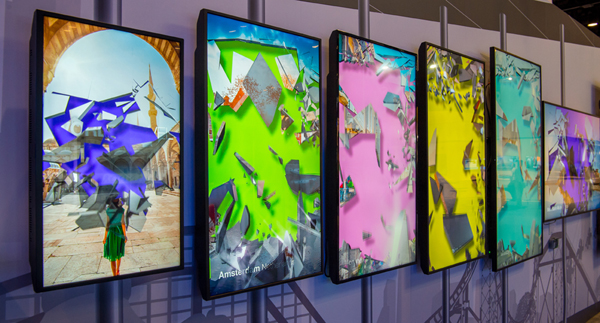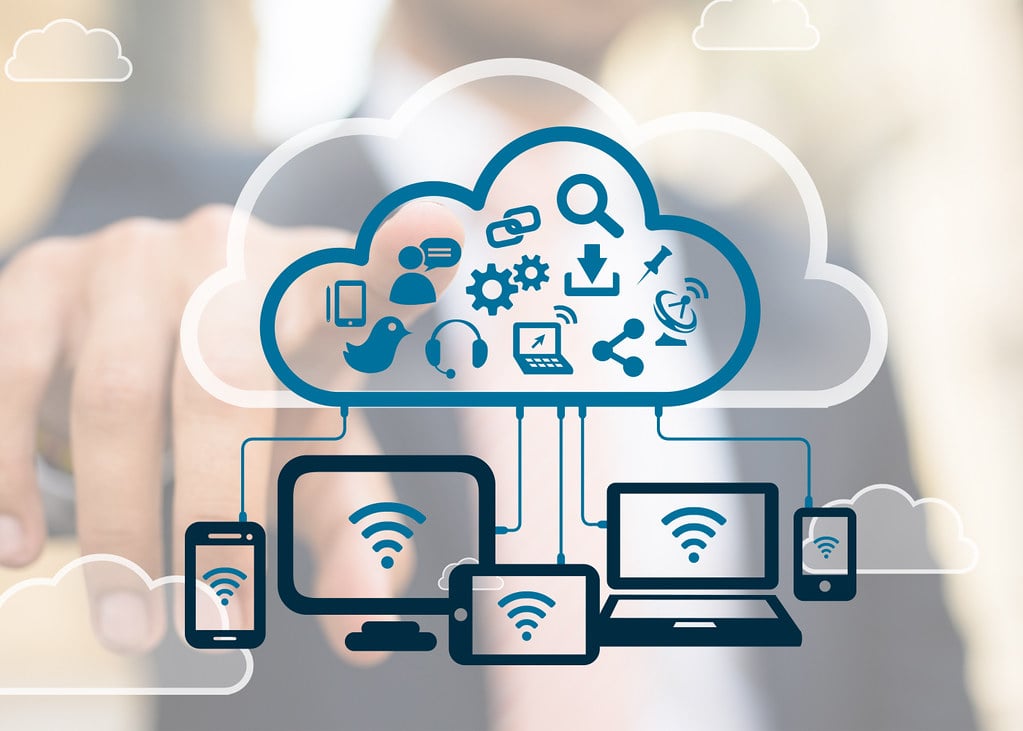Using Mobile Phones to Analyze the Impact of Digital Signage
By Tim Kridel, Special to AVIXA
 Businesses invest in digital signage because they believe it will help their bottom line, brand, or both. Later, they often want to determine whether those benefits have materialized. Historically this analysis was challenging because there were few ways to determine whether, for example, a shopper saw an ad on a display, let alone made a purchase because of that ad.
Businesses invest in digital signage because they believe it will help their bottom line, brand, or both. Later, they often want to determine whether those benefits have materialized. Historically this analysis was challenging because there were few ways to determine whether, for example, a shopper saw an ad on a display, let alone made a purchase because of that ad.
Poring through surveillance camera footage to identify shoppers who stopped in front of signage and then see if they picked up the advertised product and finally took it to the register is expensive and time-consuming, especially if it must be repeated across dozens or hundreds of stores.
Smartphones are an emerging option for analyzing a signage network’s reach and effectiveness. That’s because many consumers, even those in emerging economies, always have a smartphone with them. In the U.S., for example, virtually every adult now has a mobile phone, and over 81 percent of those are smartphones.
One option is to add a quick response (QR) code to the signage content and tell passers-by that if they use their smartphone to scan the code, they’ll receive something, such as an electronic coupon good for the advertised product. Tracking the number of e-coupon redemptions helps us understand whether the content resonates with people and whether the displays are in places where people notice them.
One major city has a municipal signage network at places where visitors frequent, such as its airport, train station, arenas and stadiums. It uses QR codes to enable visitors to download e-coupons for use at stores, restaurants and other merchants whose ads run on the city’s signage network. “The retailers know because they get reports from the city what drove the people to their store or restaurant,” says The Sextant Groups Principal Consultant Joe Bocchiaro.
But QR codes have a few drawbacks that can undermine this type of analysis. Many consumers don’t have an app for scanning QR codes and don’t know how, or don’t want, to download an app. Others don’t know what a QR code looks like and how it works. When deciding whether to use QR codes as part of their signage strategy, retailers and other businesses should assess their target audience’s awareness of QR codes. If the business already offers its customers a mobile app, one way to build QR code awareness and usage is to add a scanning feature to its app.
Another option is to use Snapcodes, which are Snapchat’s version of QR codes. The main difference is that Snapcodes leverage Snapchat’s higher awareness among consumers. This mainstream recognition is a major reason why brands such as Evian, Gatorade and Wendy's are using Snapcodes on packaging and out-of-home ads. So are some smaller businesses. For example, Buona Restaurants & Catering put Snapcodes on its Chicago restaurants’ digital signage to make it easy for customers to follow it on Snapchat. So far, more than 1,000 have become followers.
Bar/UPC codes have the highest awareness simply because the format has been around for decades. A low-tech alternative to codes is to put a brief series of numbers and/or letters on screen that people can type to get an e-coupon.
Another option is short codes, which are three to eight numbers, depending on the country. People send a text message to the short code to receive something, such as a discount code they provide at the checkout counter, or to be added to the merchant’s marketing list. Short codes enable measurement with feature (non-smartphone) mobile phones, as well as smartphones that don’t have a QR code reader.
A business might want to measure the impact of each display rather than the signage network as a whole, to determine whether specific displays need to be repositioned to attract more attention. In that case, each display will need a unique code — regardless of whether it’s QR, UPC, Snapcode, numeric or alphanumeric — to enable that type of granular analysis. This is expensive with short codes, which have to be leased at $500 or more each per month.
Proximity is another consideration that applies to QR, UPC and Snapcodes. People need to be able to get close enough to the screen to scan the code. That distance depends on the size of the code, with bigger ones capable of being scanned from farther away. People also need to be able to stop to scan the code. That’s why codes are a better fit for digital signage in places where people can easily pause or must stop anyway, such as a checkout counter queue.
Additional smartphone-based options include near-field communications (NFC), radio frequency identification (RFID), Wi-Fi and Bluetooth. These technologies enable each person’s phone to communicate with a display to exchange information, thus eliminating the need for people to type on-screen codes, for example. This interaction also can be “push”: For example, if the signage operator gets the patron’s permission to access her search history, the display could push an ad and/or e-coupon for a steak house if she’s been searching for restaurants in the past few minutes. This scenario also is another example of how the mechanisms used for analysis also can be used for driving sales, and vice-versa.
NFC, RFID, Bluetooth and Wi-Fi are all like QR codes in the sense that patrons need to know whether their phone supports a technology, that the business wants to use that technology to interact with them and how to enable that interaction, such as turning on their phone’s Bluetooth radio. Businesses should consider all aspects when deciding whether to use a particular technology for analysis. For example, they might be a better fit if the target audience is tech-savvy because they’re more likely to have, and know how to use, those technologies.
In the case of Wi-Fi, one way to encourage consumer participation is by offering free internet access to people who register their email or download the organization’s app. This enables the facility’s Wi-Fi access points (APs) to identify the MAC address of each phone and then associate that address with a specific patron. With that information, the APs then can track their movements through a store, a mall or other venue and determine things such as dwell time in front of certain displays. That information can be correlated with other activities, such as whether they purchase the product that was advertised on the displays where they stopped.
It can be difficult to measure the impact of digital signage solutions, and may not be an exact science. However, mobile technologies such as NFC, RFID, QR codes, and Snapcodes provide a convenient method for determining if your digital signage investment helped to meet your business goals.





